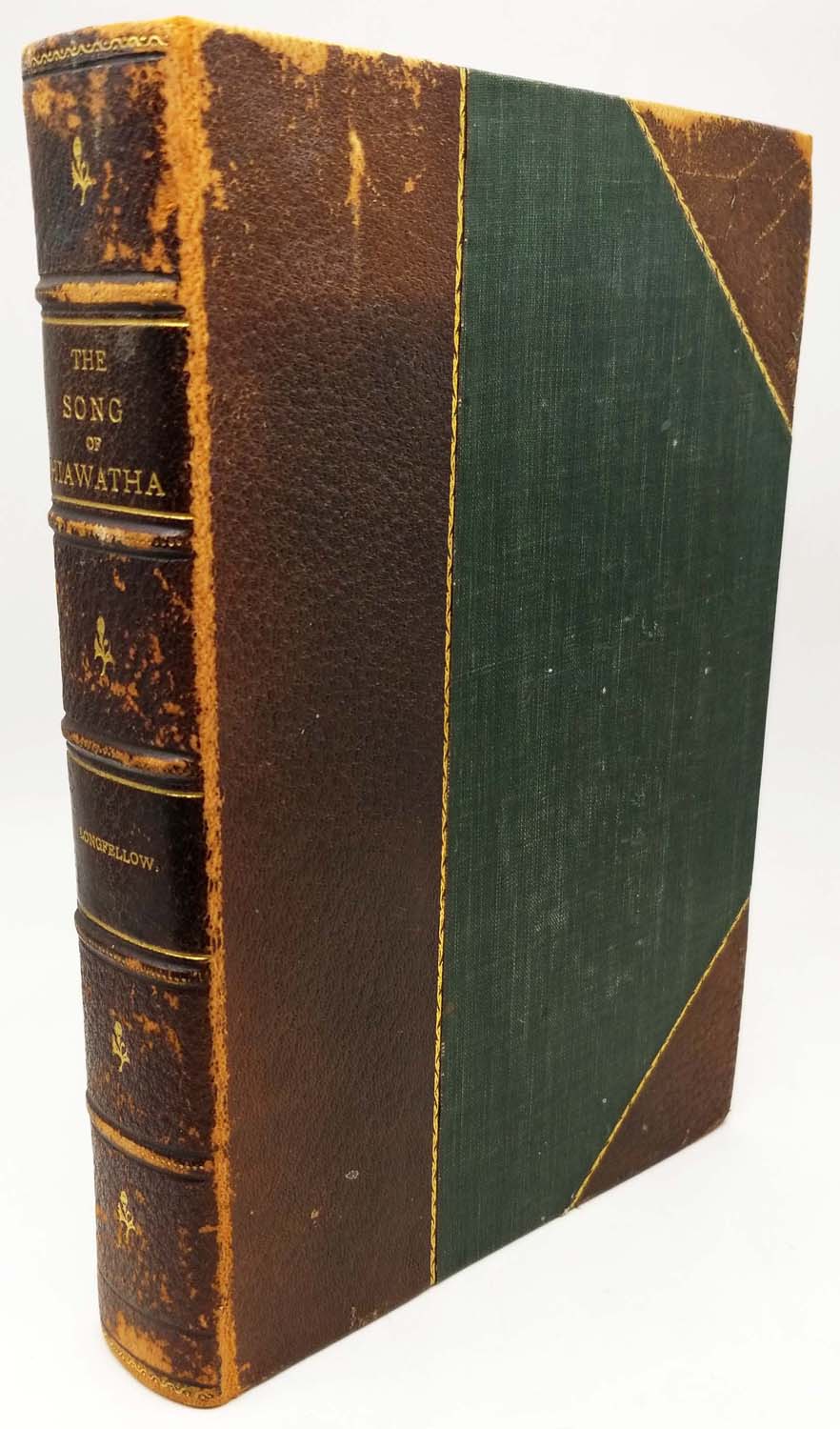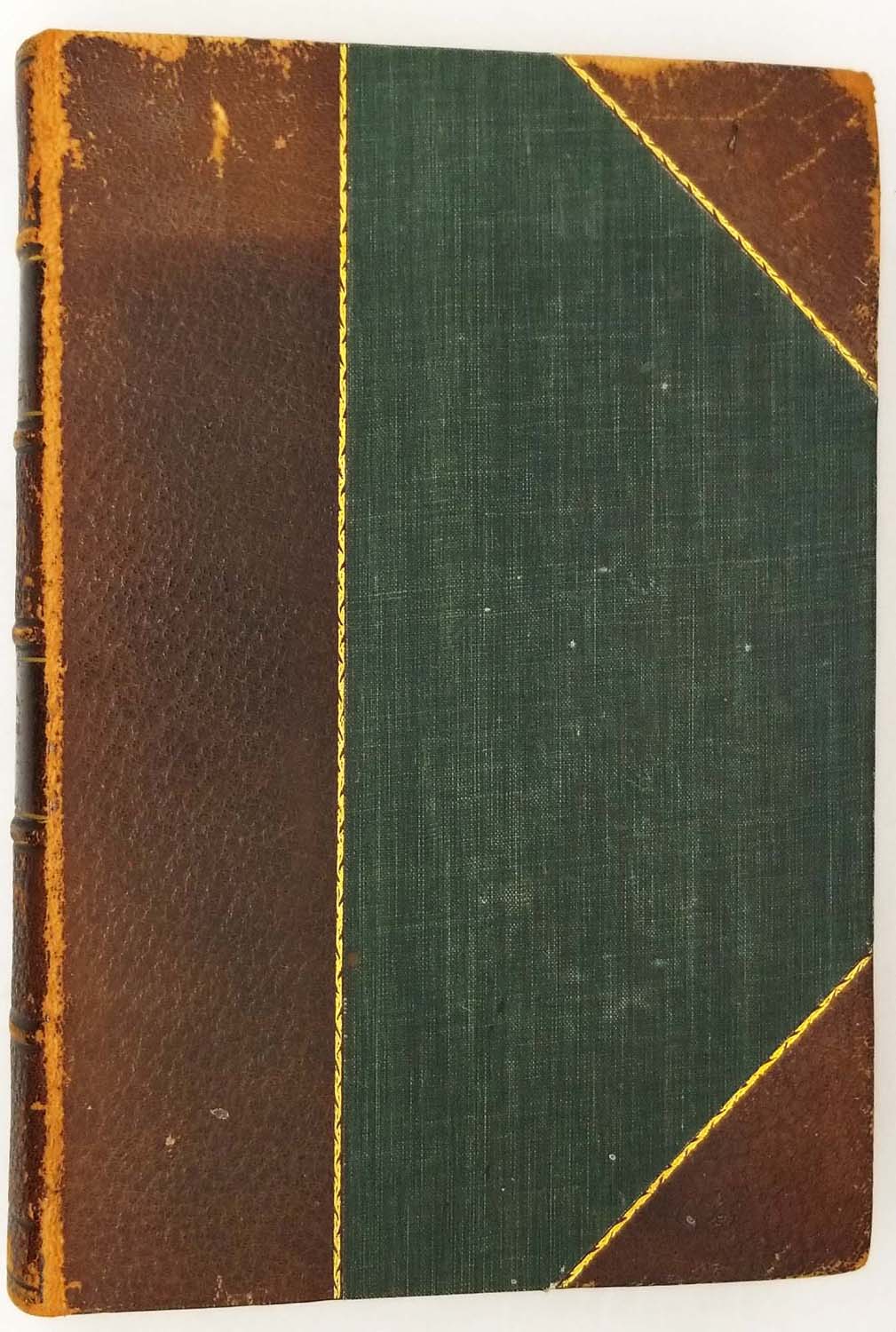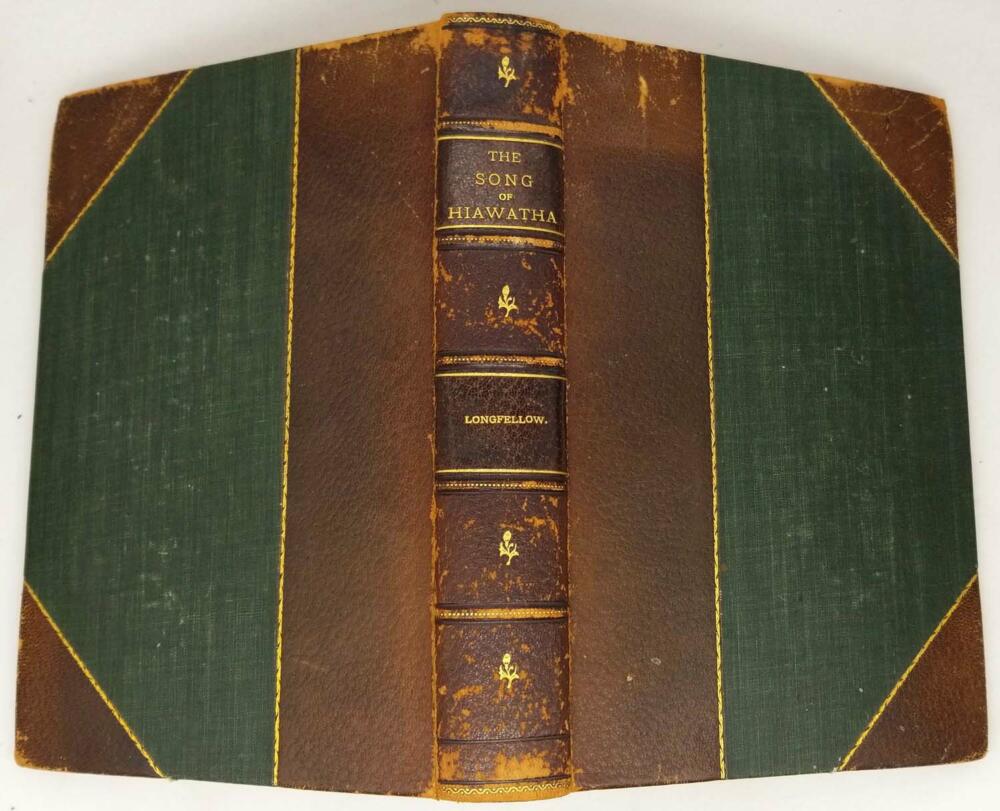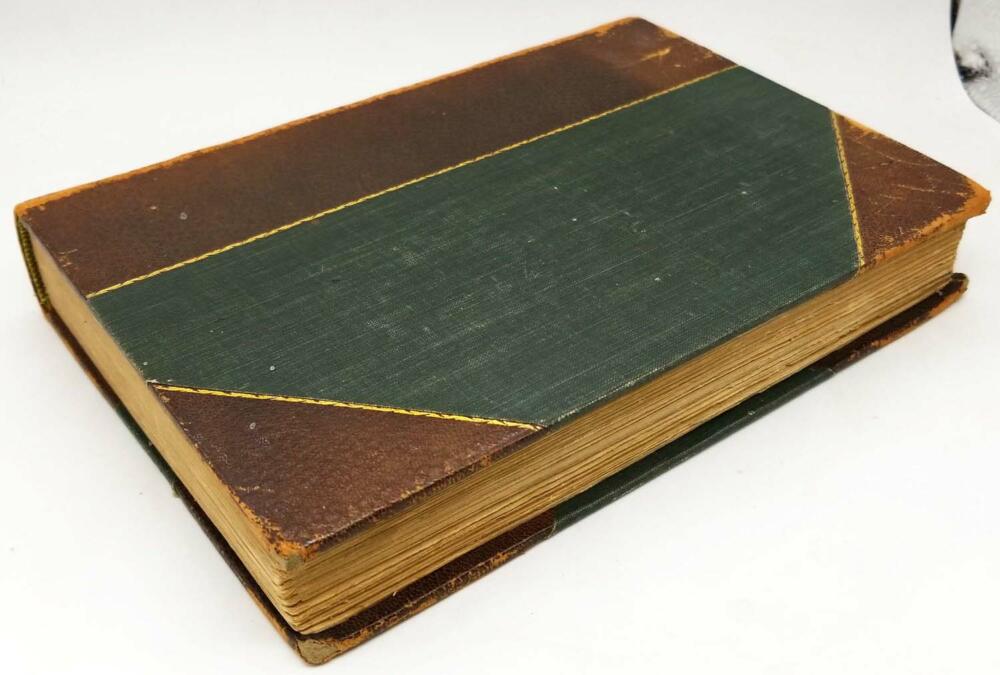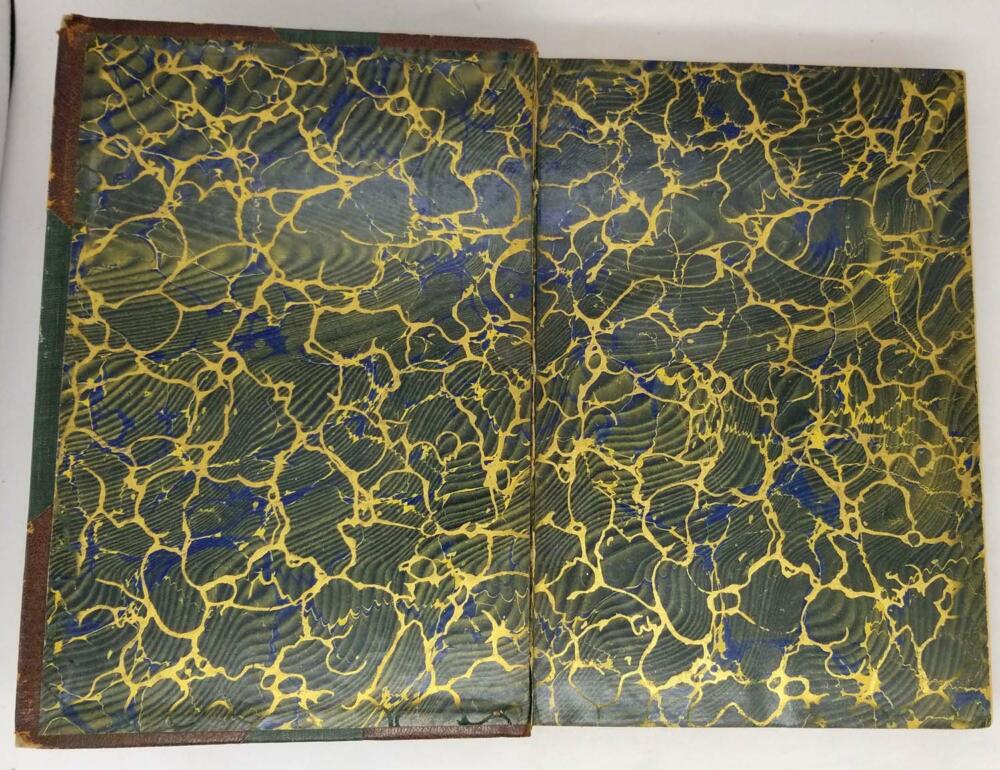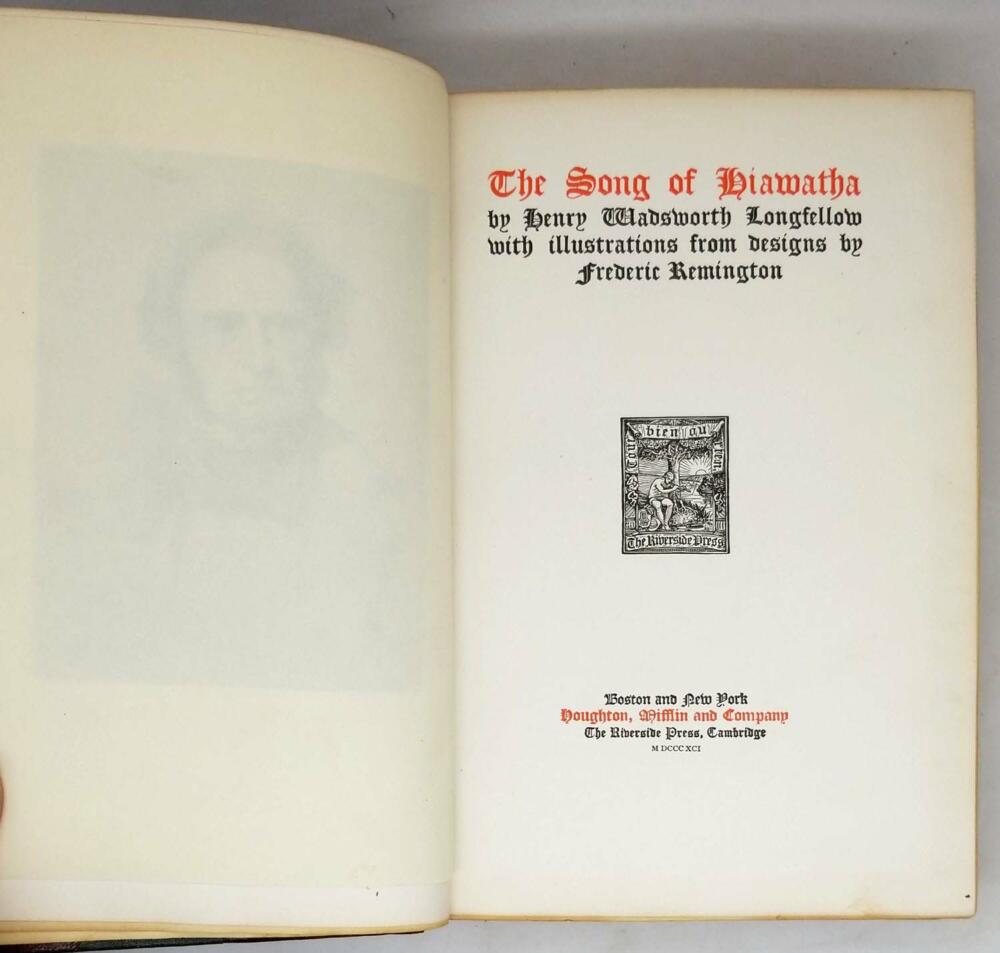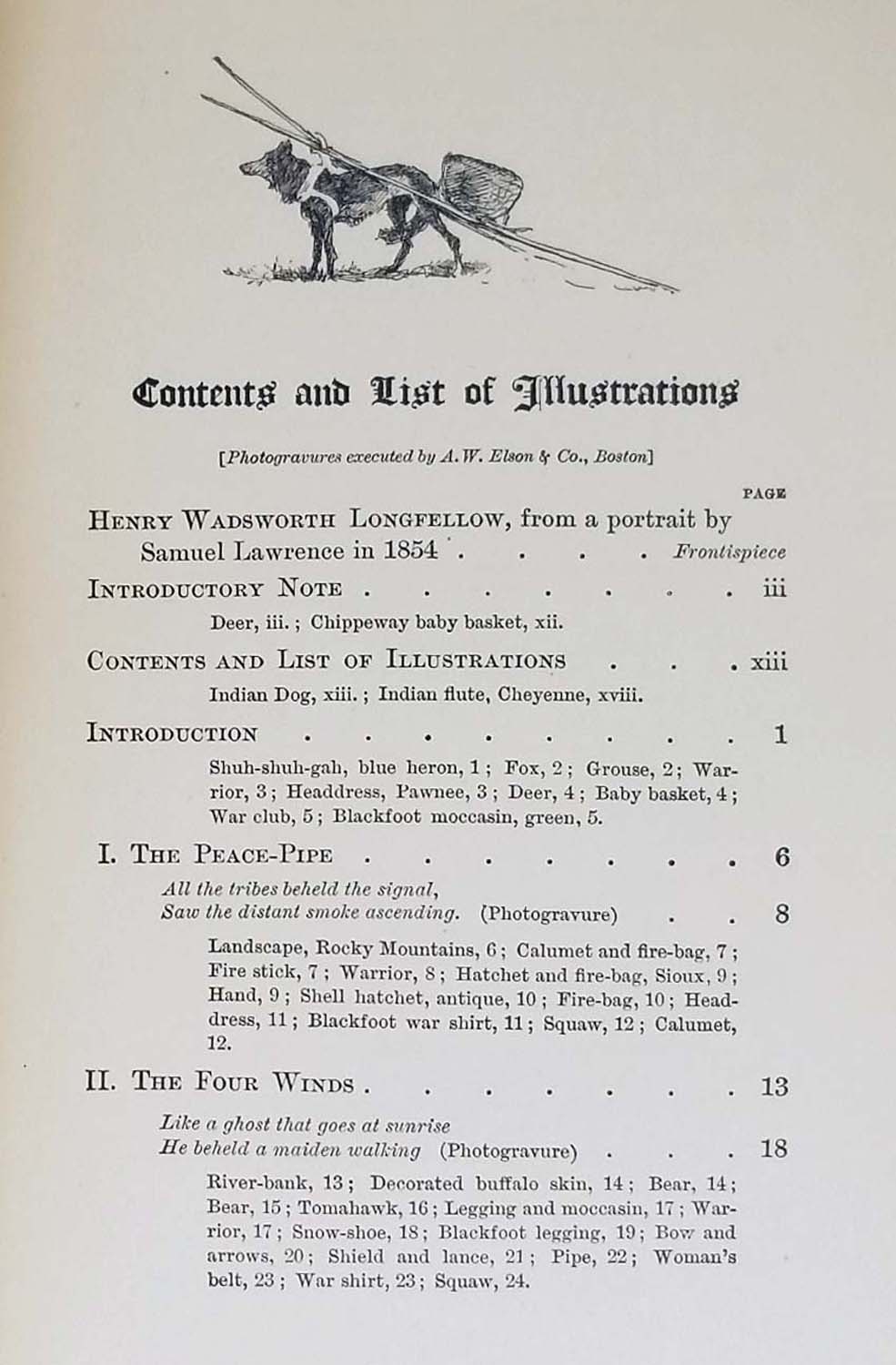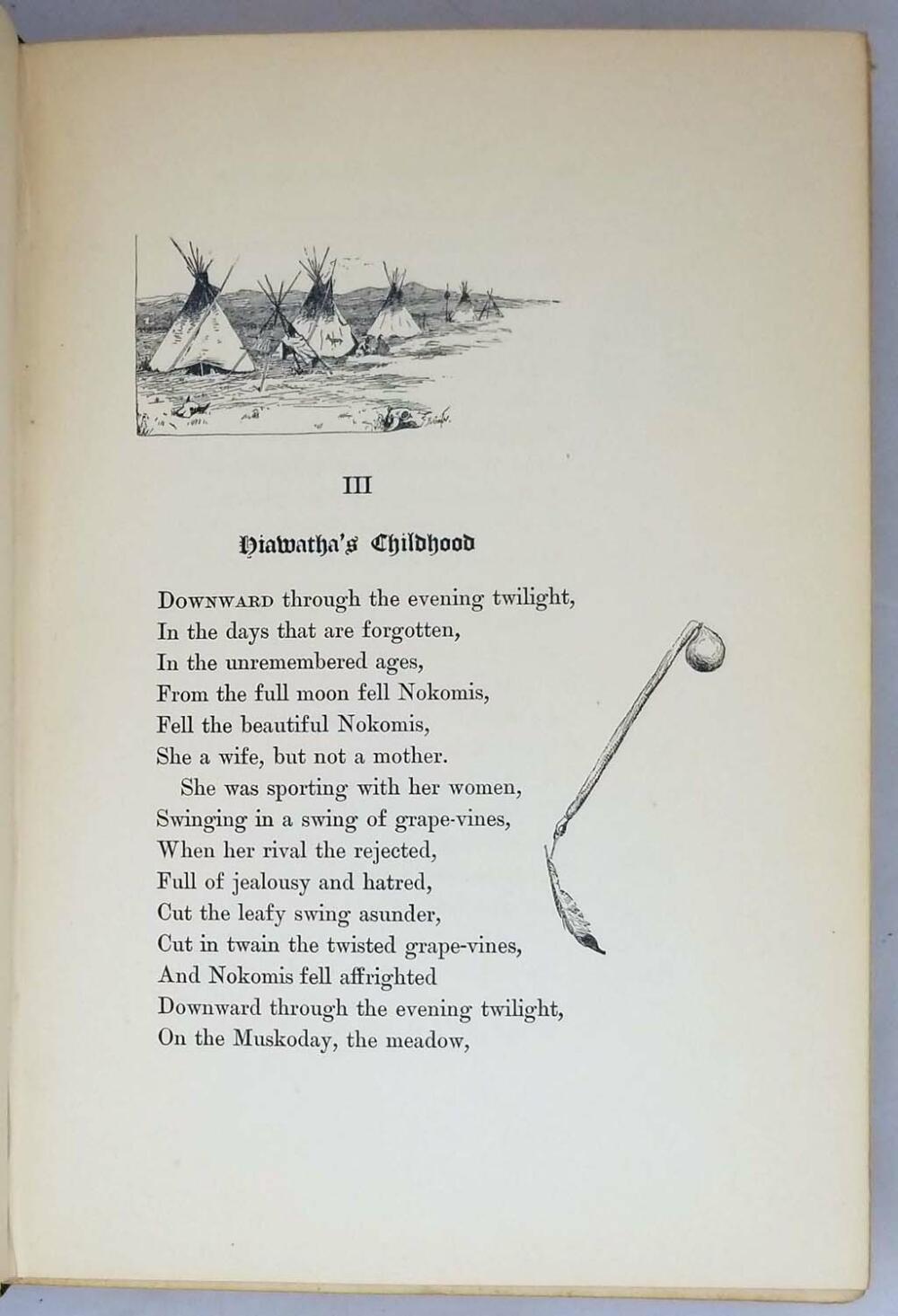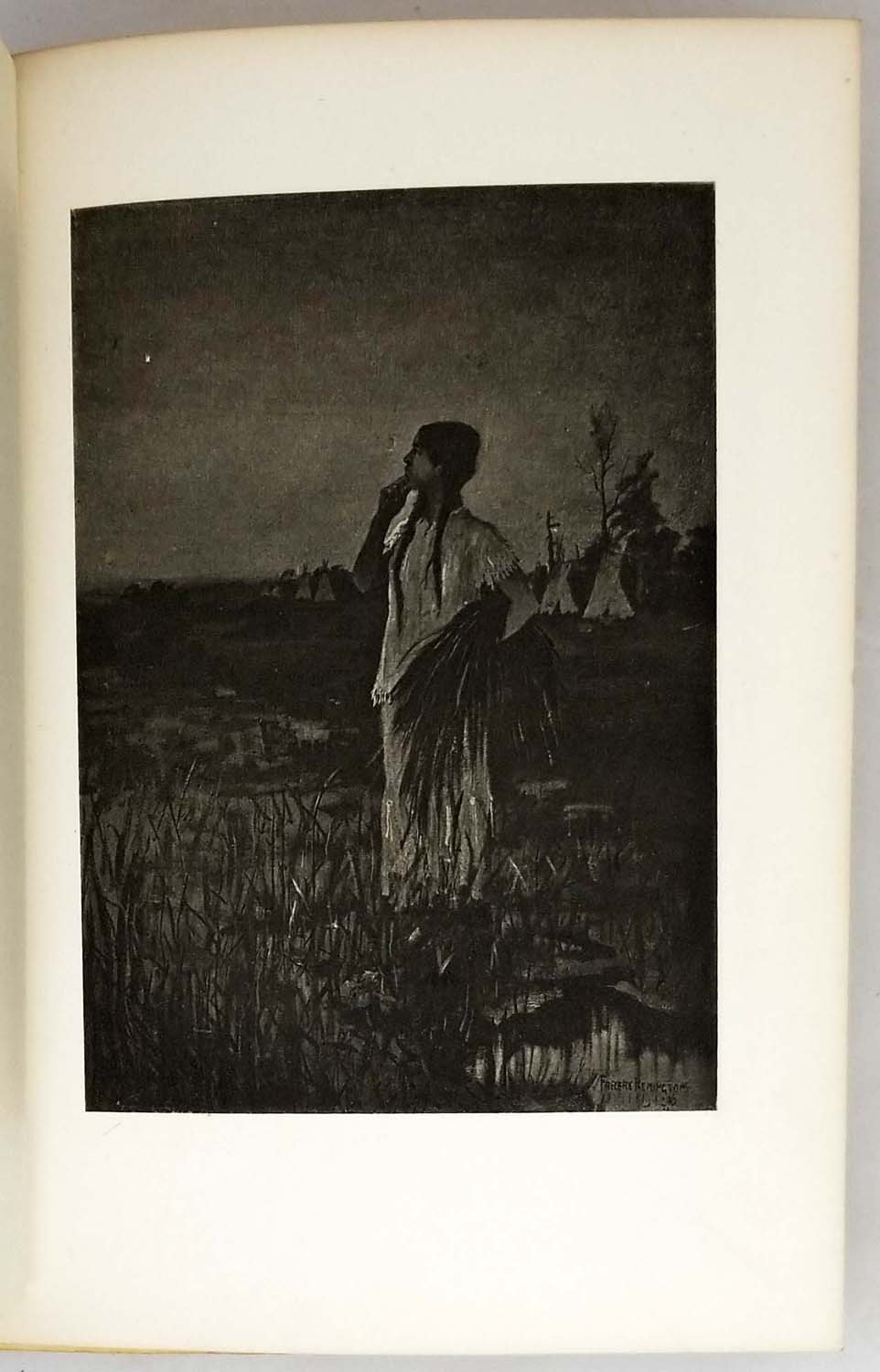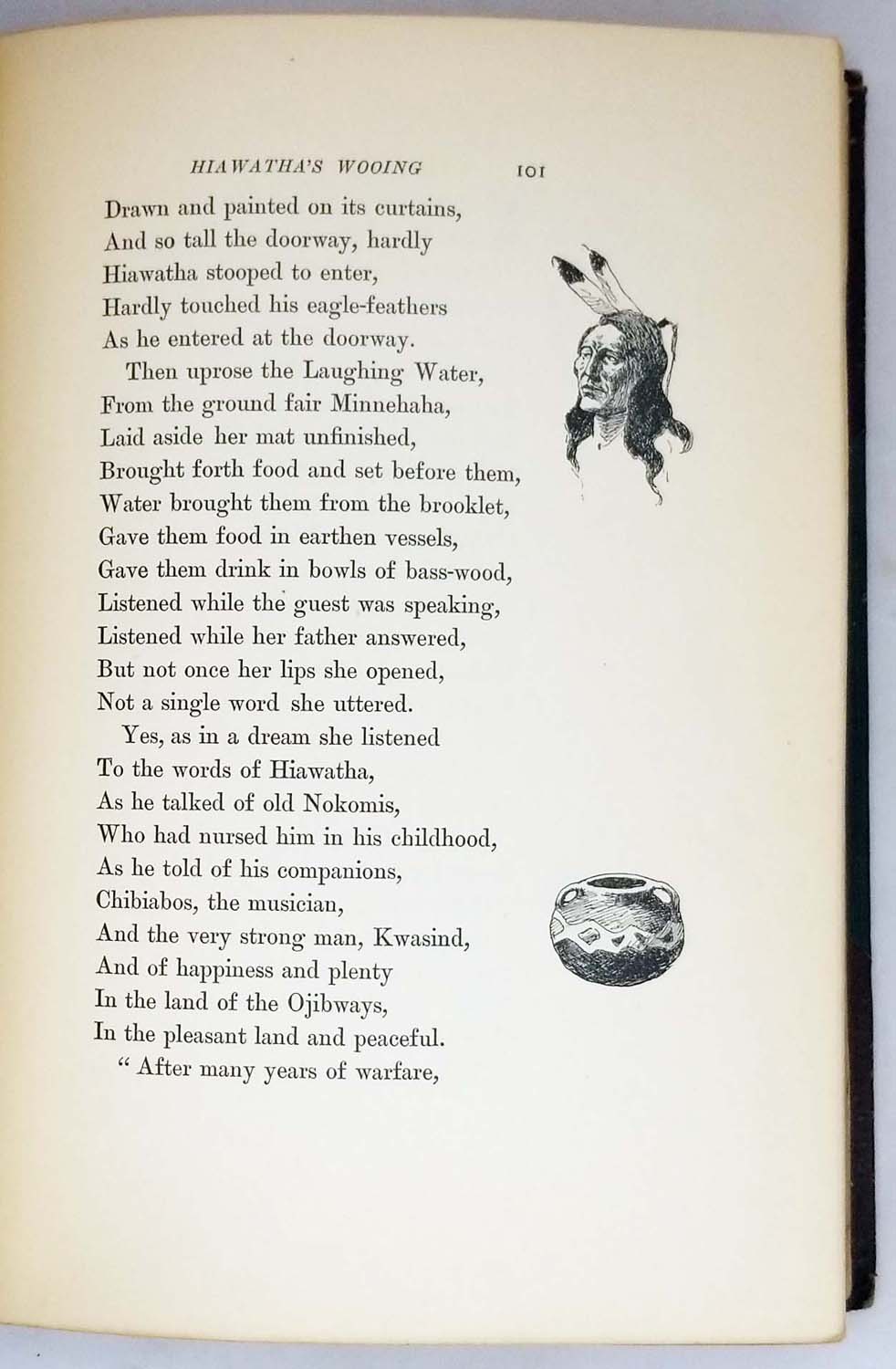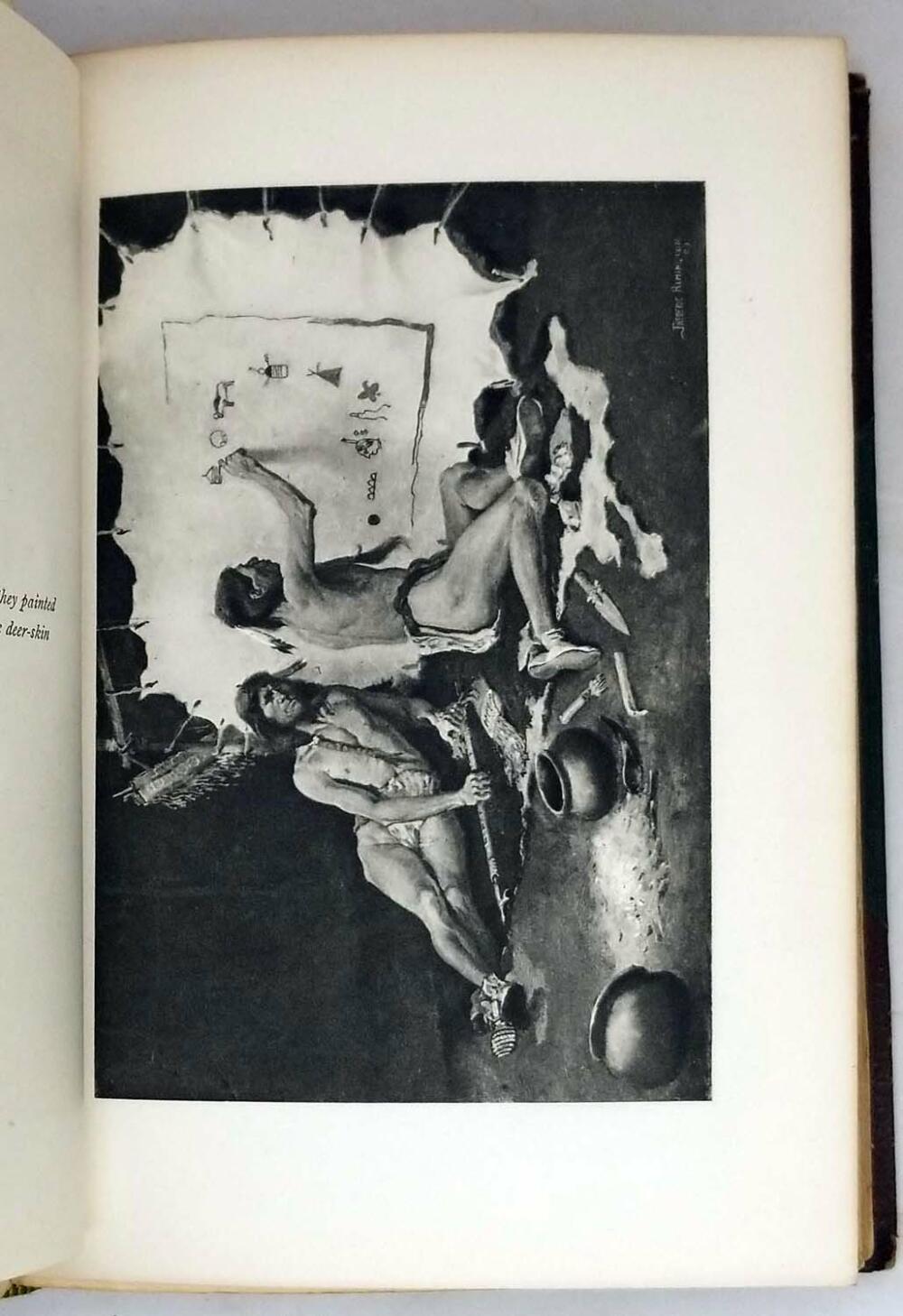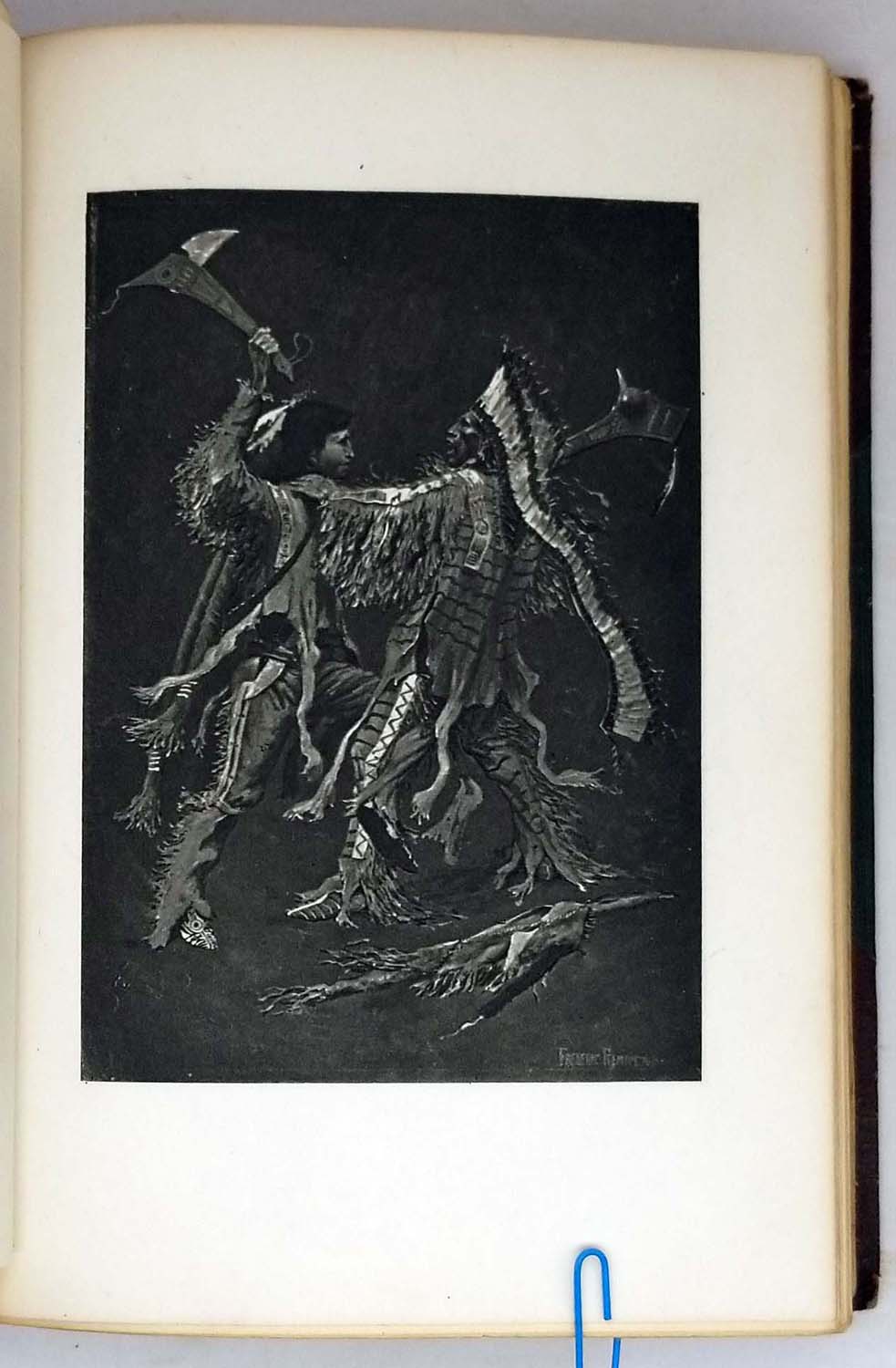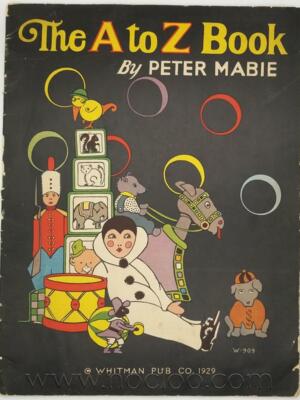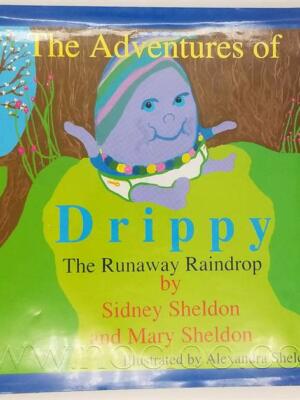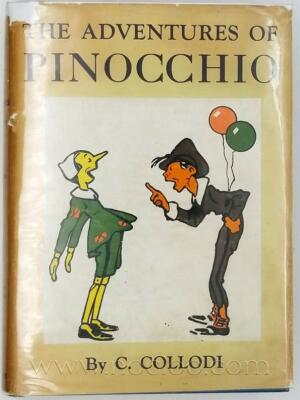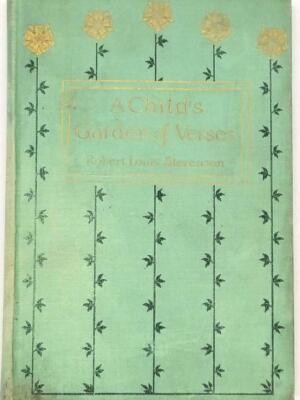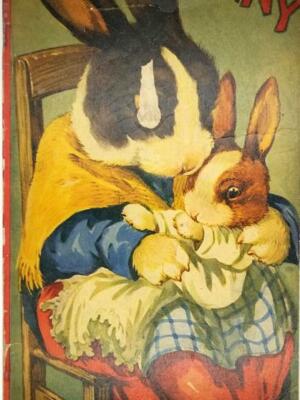The Song of Hiawatha (1855) by Henry Wadsworth Longfellow, illustrated by Frederic Remington in the 1891 edition, is an epic poem inspired by Ojibwe legends and crafted in trochaic tetrameter, mirroring the rhythm of Finnish folklore. Longfellow’s romanticized tale follows the heroic Hiawatha—his birth, love for Minnehaha, and quest to bring peace and agriculture to his people—against a mythic North American landscape. Though criticized for cultural inaccuracies, the poem became a 19th-century sensation, shaping popular imagery of Indigenous stories.
The 1891 edition, with Frederic Remington’s dynamic illustrations, marries Longfellow’s verse with the artist’s iconic Western realism. Remington’s rugged, action-filled engravings (created early in his career) dramatize scenes like Hiawatha’s canoe-building and battles with Megissogwon. This pairing of text and art offers a fascinating glimpse into how Euro-American artists reinterpreted Native narratives during the frontier era.
